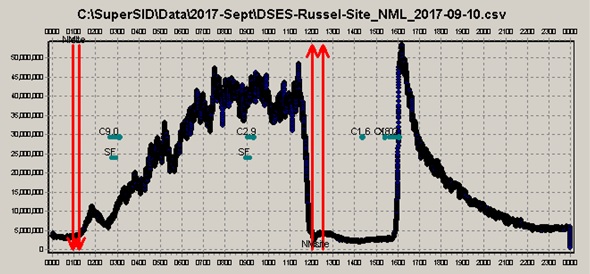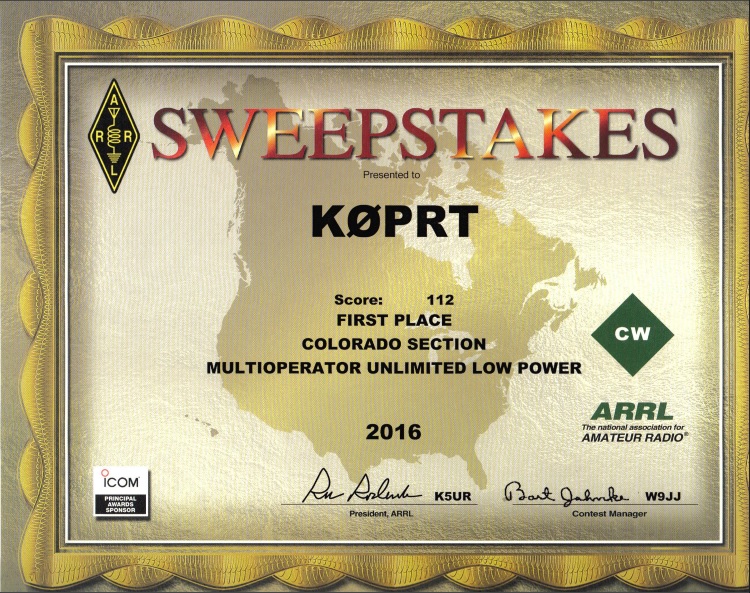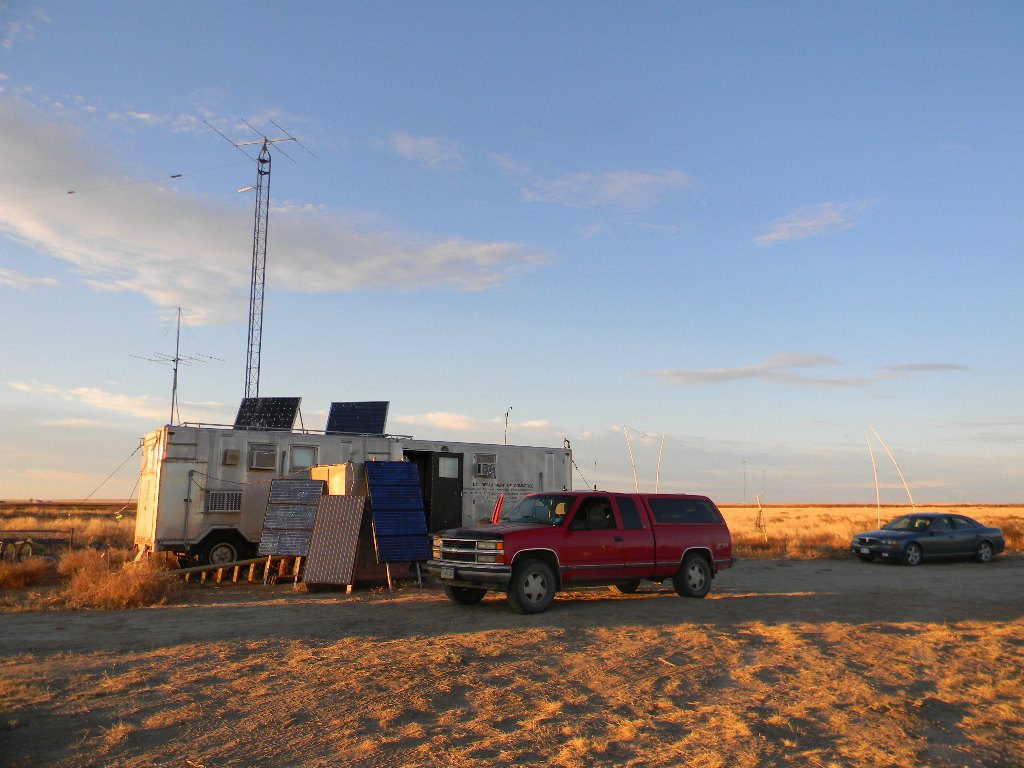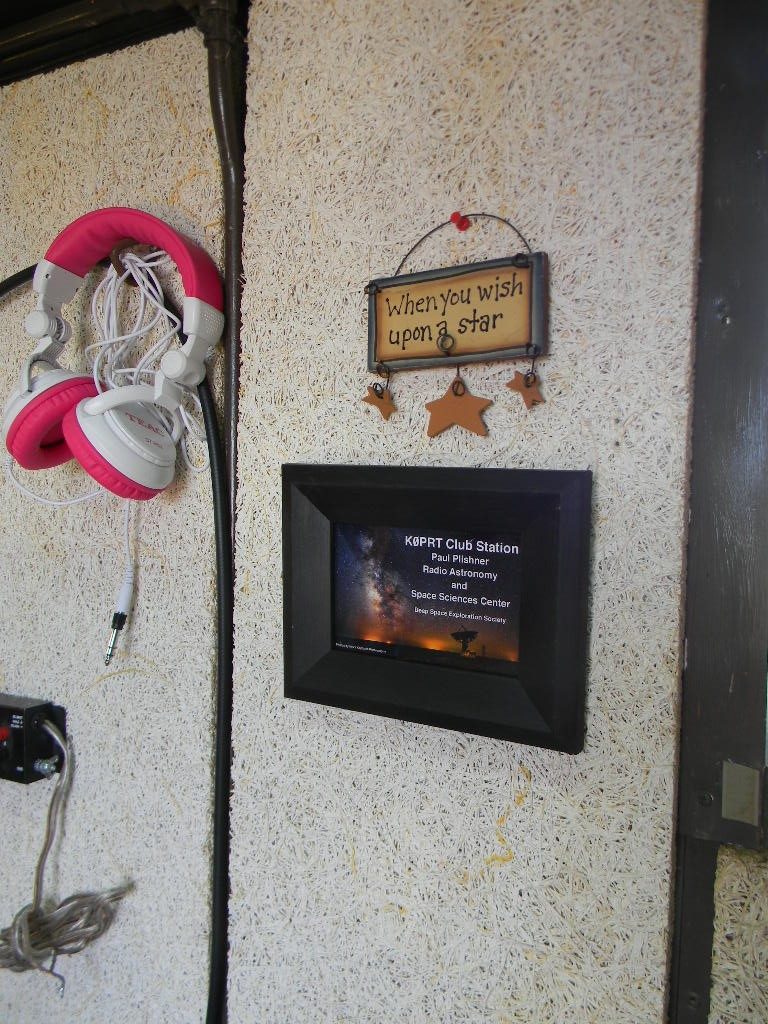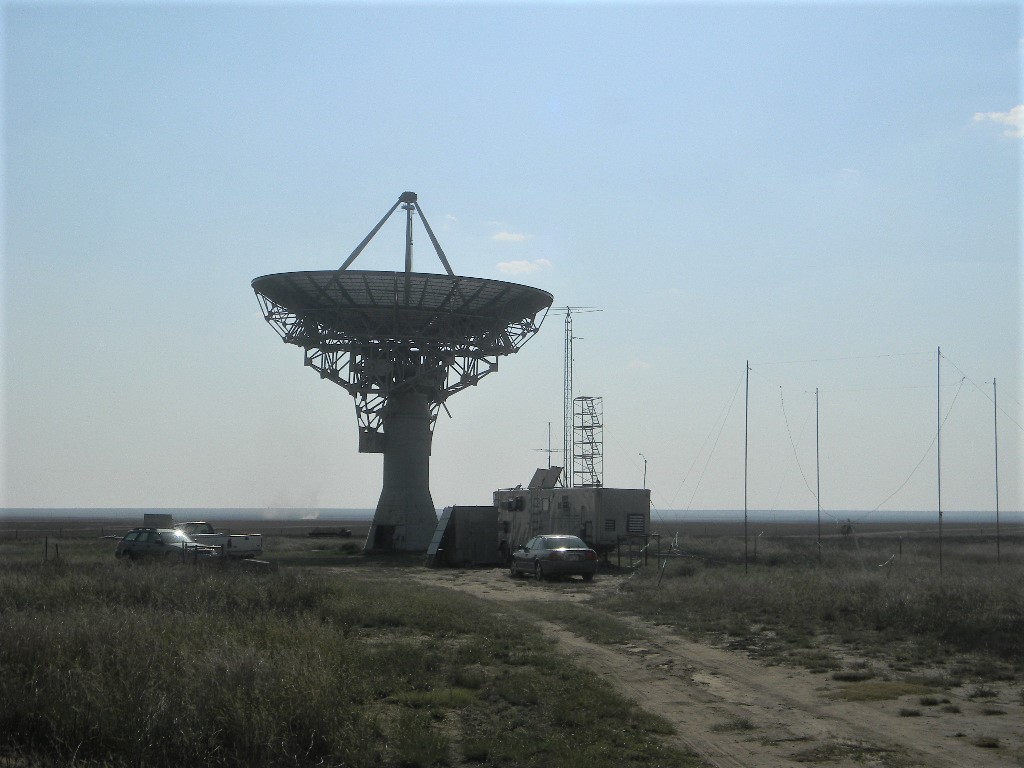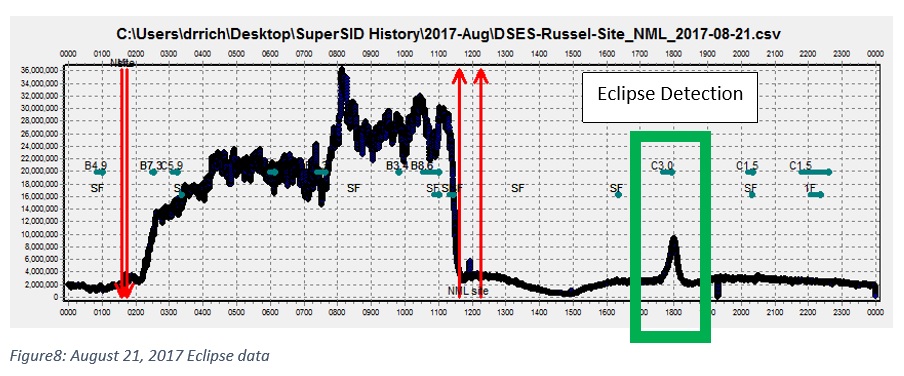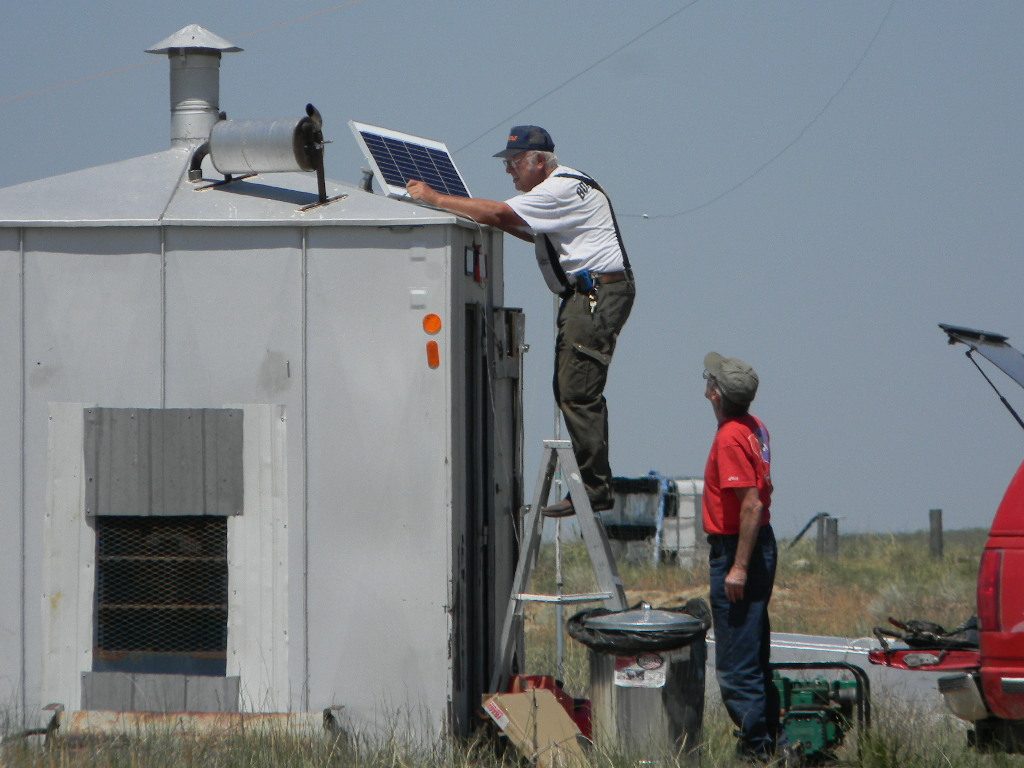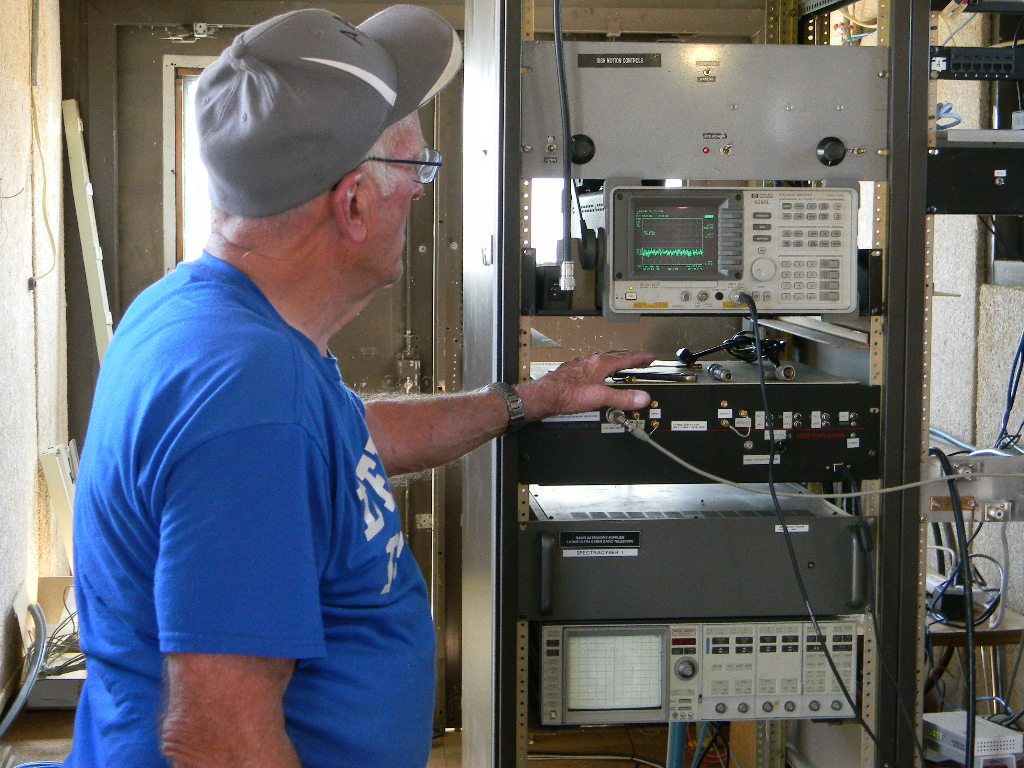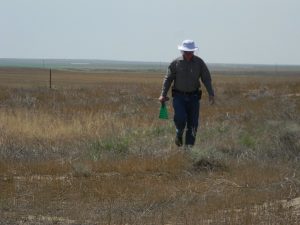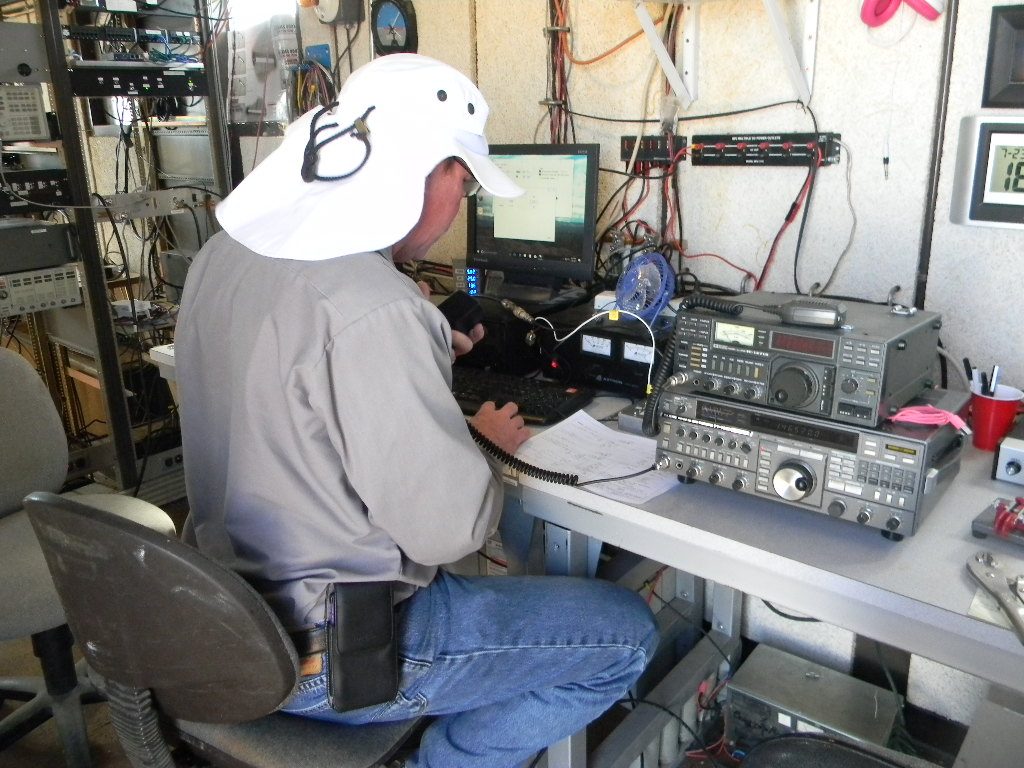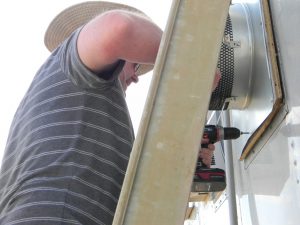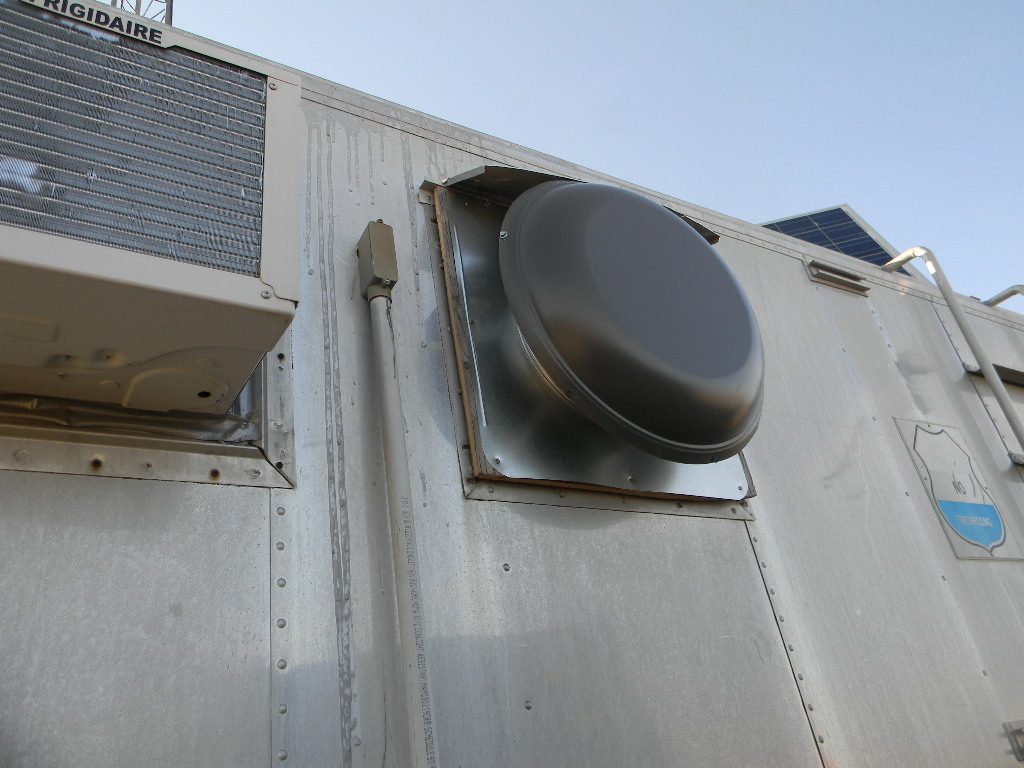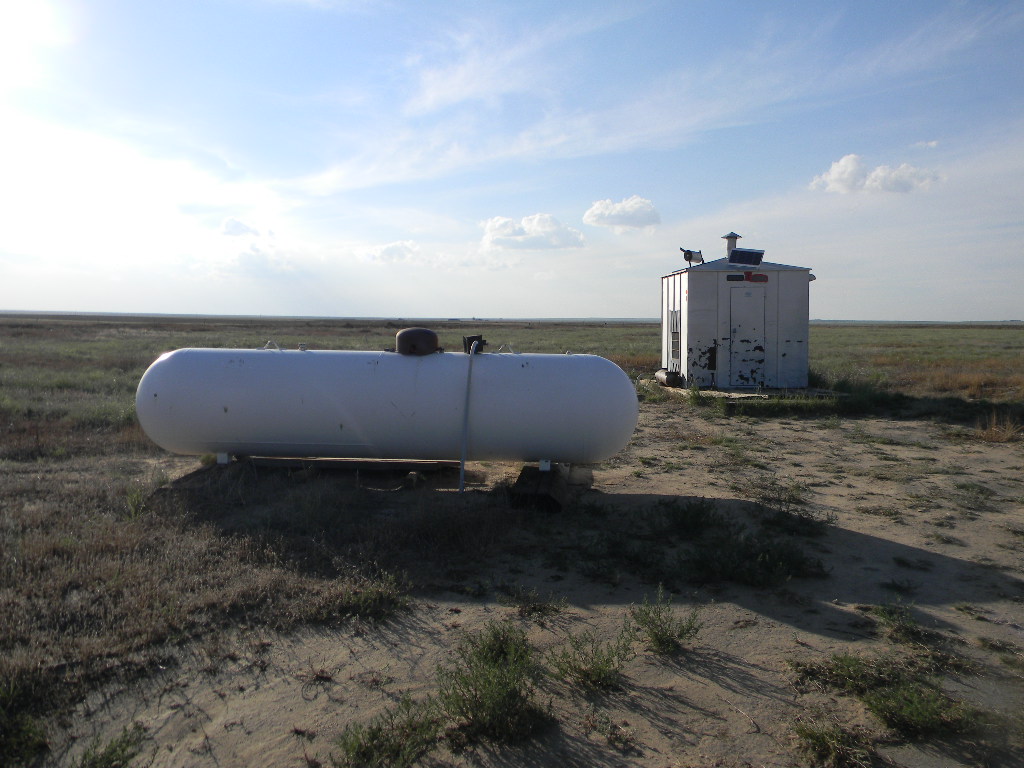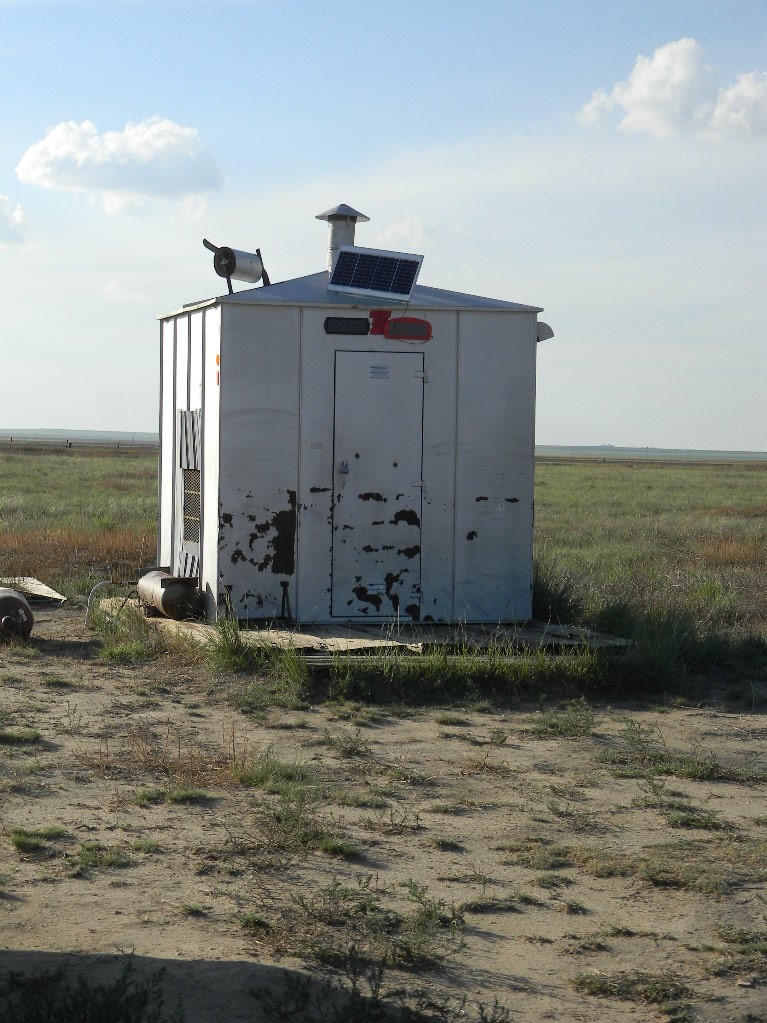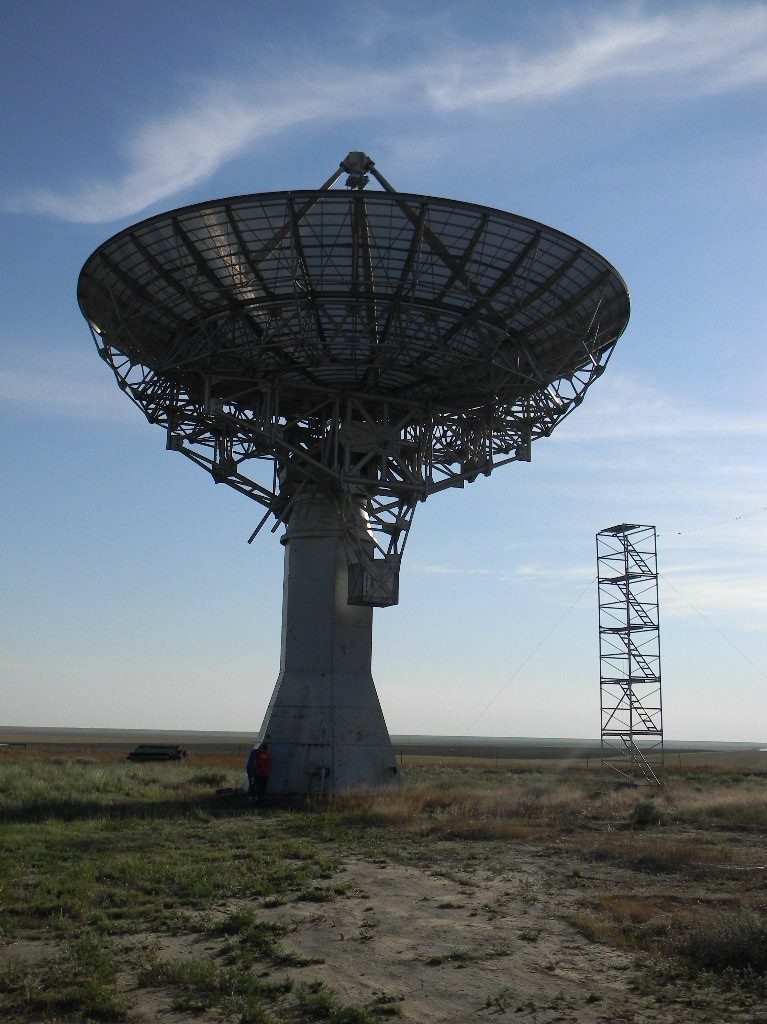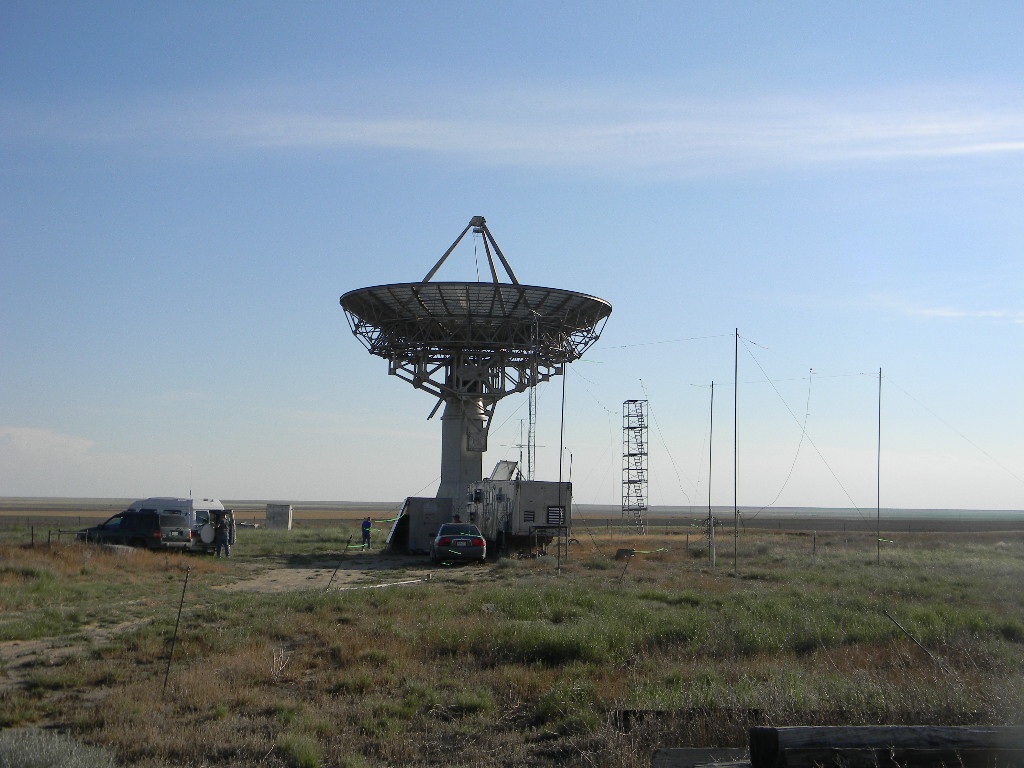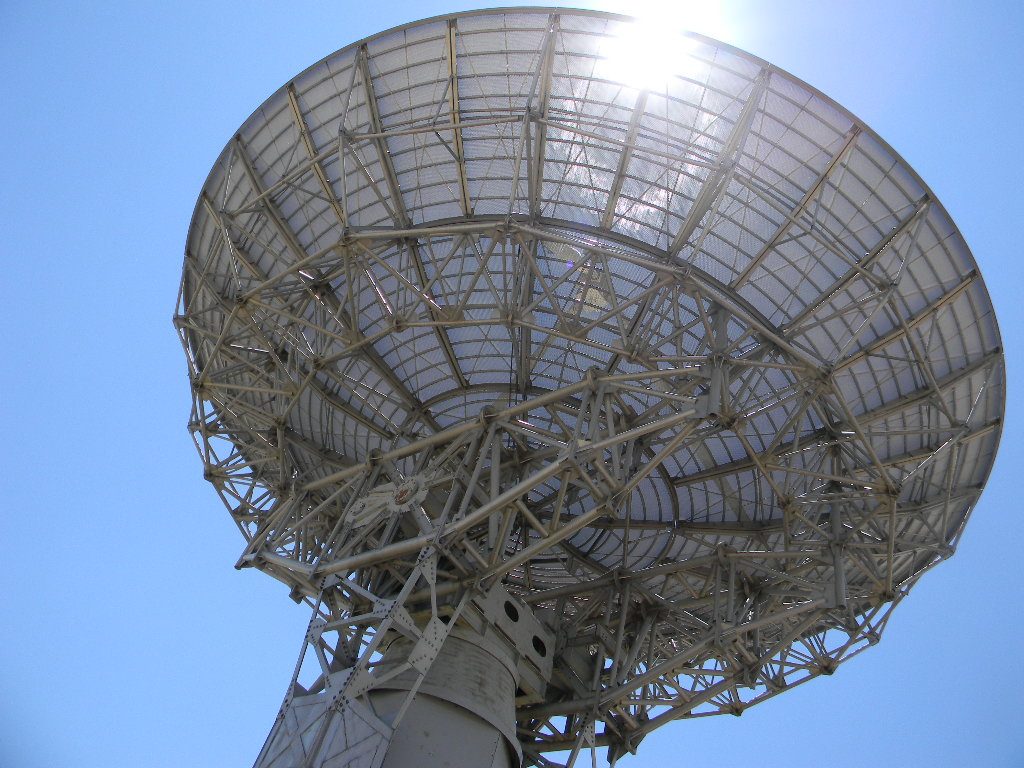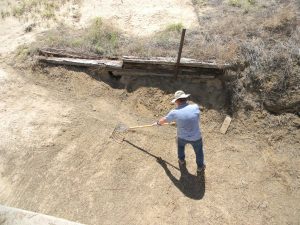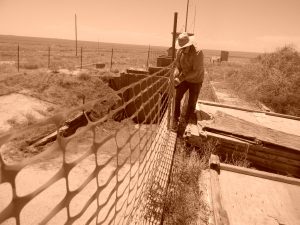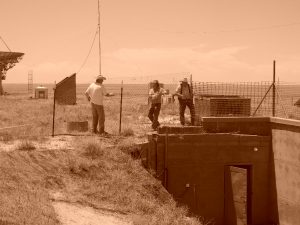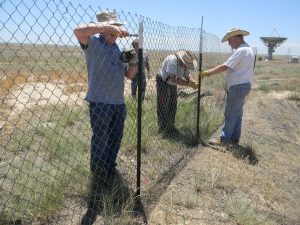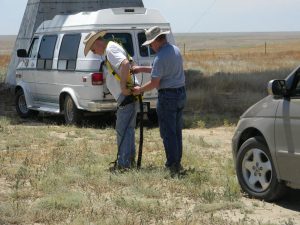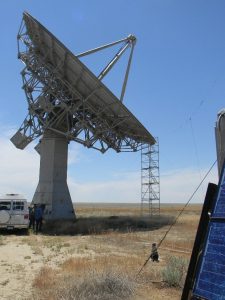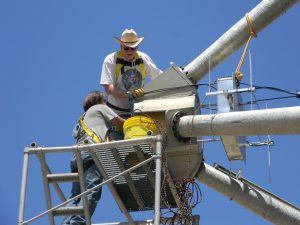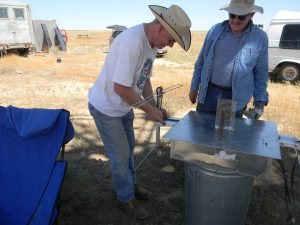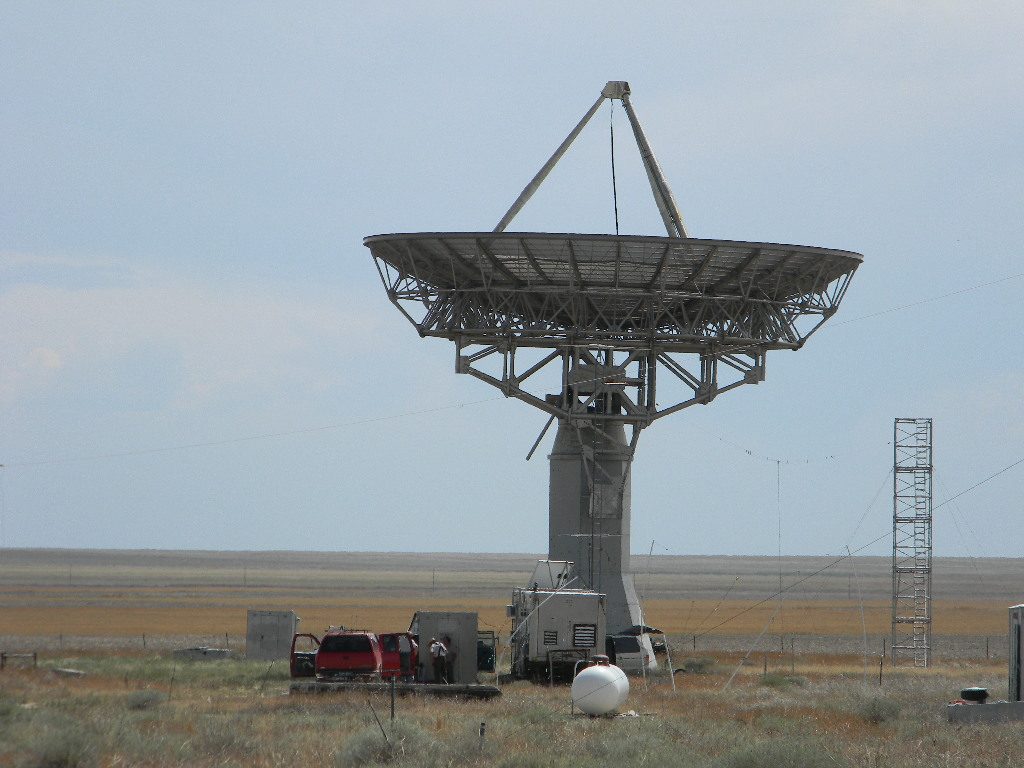DSES SuperSID Radio Telescope
September 2017 Significant Solar Events Observed
The DSES Sudden Ionospheric Disturbance Monitor (SID) detected in September several major solar eruptions – M and X Class Flares. Below are shown graphs of the data from four particular days.
The DSES SID instrument is located in Colorado Springs. It works by listening for a US Navy beacon station in North Dakota, call sign NML, transmitting on the Very Low Frequency (VLF) of 25 KHz. During the day, the D Layer of the ionosphere forms at lower altitudes and attenuates the VLF signal. But during solar flares, VLF signals can more easily pass through the D Layer, and they then get bounced back to the ground from the higher F Layer. The more the solar flare activity affecting our ionosphere, the better the VLF signal from NML propagates to us.
Strong solar flare events show a characteristic spike, and then a “shark tail” as the ionosphere recovers.
At night, the D Layer dissipates, and then the signal from NML usually easily reaches the receiver. At local sunrise, at about 1200 UTC, you can see the effect of the D Layer forming with the sudden drop in reception.
You can see evidence that the F Layer is influenced by the solar flares as well. Notice during the X 8.2 Flare on September 10 that the incoming signal becomes even stronger than during normal propagation at night.
The bottom axis of each graph is Greenwich (UTC) Time. The vertical axis shows the received energy. Individual flare events are identified and annotated in green. Some events occurred during local night.
Observations were made by Dr. Richard Russel.
September 4, 2017 – M Class Flares
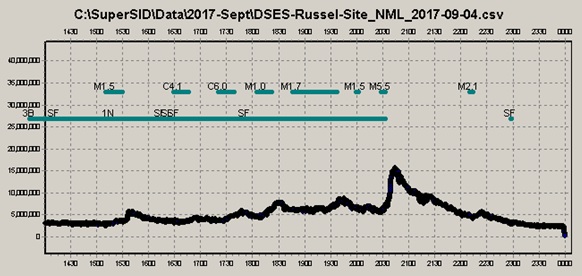
September 6, 2017 – M Class Flares

September 7, 2017 – X 1.3 Class Flare
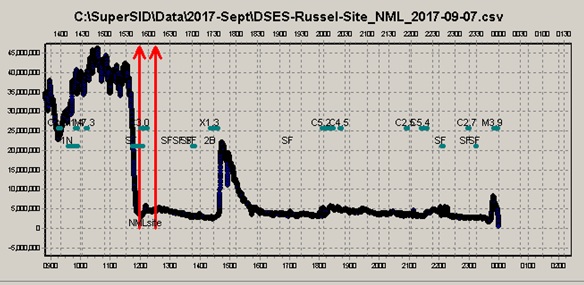
September 10, 2017 – X 8.2 Flare
